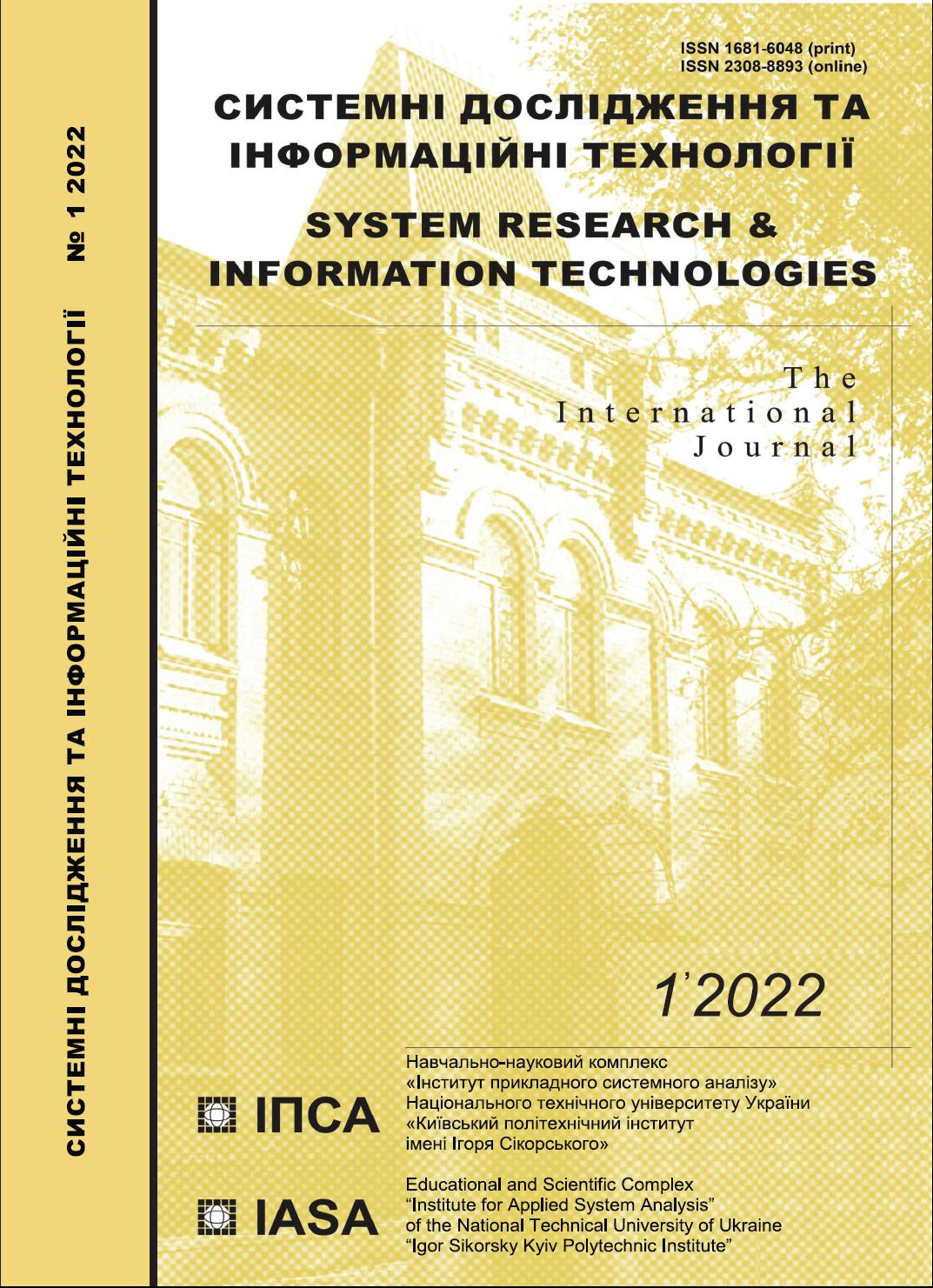The proof of hypothesis regarding distortion of time and space using the nuclear fusion model
DOI:
https://doi.org/10.20535/SRIT.2308-8893.2022.1.03Keywords:
general theory of relativity, nuclear fusion, distortion of time and space, charge exchangeAbstract
The study is dedicated to modern topic: the analysis of conditions that lead to distortion of the time and space coordinates which results from the general theory of relativity. The main goal of this research is to prove the hypothesis regarding distortion of time and space using nuclear fusion model. For this purpose the simulation instrument is used to imitate a moving proton that hits an electron of a hydrogen atom. The methodology of simulation is based upon calculation of the probabilities of elastic scattering and charge exchange of a proton with a target electron. The distortion is modeled by the functions that relate time and space logarithmically for distorted time and exponentially for distorted space. Such geometry construction is described by the Schrödinger equation using the electron wave function. Then the probability of charge exchange is calculated as the squared coefficient of this wave function in the negative side of the geometry that is divided by the sum of the squared coefficients of all the terms of the equation. Thus, the calculation result shows that the calculated probability of the charge exchange is high when the time and space are not distorted. However, when time and space are distorted it decreases, and the probability of elastic scattering is growing. The achieved result also indicates that the discrete energy levels of electrons in hydrogen atoms shift when the distortion of time and space occurs in the nuclear fusion.
References
P.A.M. Dirac, General Theory of Relativity. New York: Florida University, A Wiley Interscience Publication, John Wiley & Sons, 1975, 69 p.
Y. Matsuki and P.I. Bidyuk, “Theory and Simulation of Artificial Antigravity”, IEEE 2nd International Conference on System Analysis Intelligent Computing, October 2020, Kyiv, Ukraine. doi: 10.1109/SAIC51296.2020.9239195.
Y. Matsuki and P.I. Bidyuk, “Numerical Simulation of Gravitational Waves from a Black Hole, using Curvature Tensors”, System Research&Information Technology, no. 1, pp. 54–67, 2020. doi: 10.20535/SRIT.2308.8893.2020.1.05.
Y. Matsuki and P.I. Bidyuk, “Simulating the Rotation of a Black Hole and Antigravity”, System Research & Information Technology, no. 3, pp. 124–137, 2020. doi: 10.20535/SRIT.2308.8893.2020.3.09.
Y. Matsuki and P.I. Bidyuk, “Simulation of a Rotating Strong Gravity that Reverses Time”, System Research & Information Technology, no. 3, pp. 7–16, 2021. doi: 10.20535/SRIT.2308.8893.2021.3.01.
Y. Matsuki and P.I. Bidyuk, “Numeric Simulation of Artificial Antigravity upon General Theory of Relativity”, Advances in Science, Technology and Engineering Systems Journal, 6(3), pp. 45–53, May 2021. doi: 10.25046/aj060307.
Y. Matsuki and P.I. Bidyuk, “Numeric Simulation of the Waves from Artificial Anti-gravity upon General Theory of Relativity”, Advances in Science, Technology and Engineering Systems Journal, 6(5), pp. 158–166, October 2021. doi: 10.25046/aj060518.
Y. Matsuki and P.I. Bidyuk, A COURSE IN BLACK HOLE SIMULATION: Application of the general theory of relativity. LAP LAMBERT Academic Publishing, October 2021, 84 p.
A.B. Migdal and V. Krainov, Approximation Methods in Quantum Mechanics. New York, Amsterdam: W.A. Benjamin Inc., 1969, 146 p.
J.C. Slater, “Atomic Radii in Crystals”, J. Chem. Phys., 41, 3199, 1964. Available: https://aip.scitation.org/ doi.org/10.1063/1.1725697

